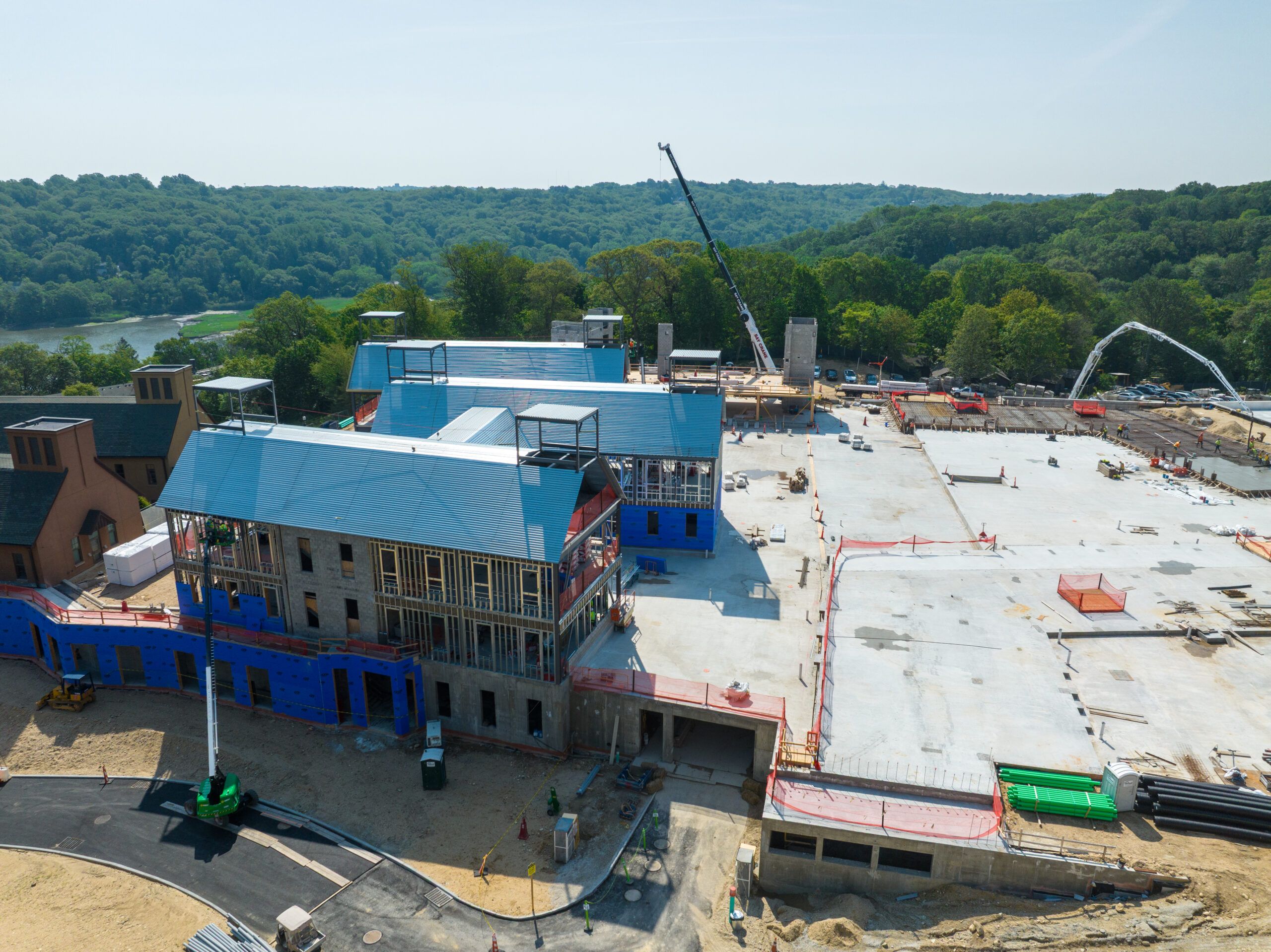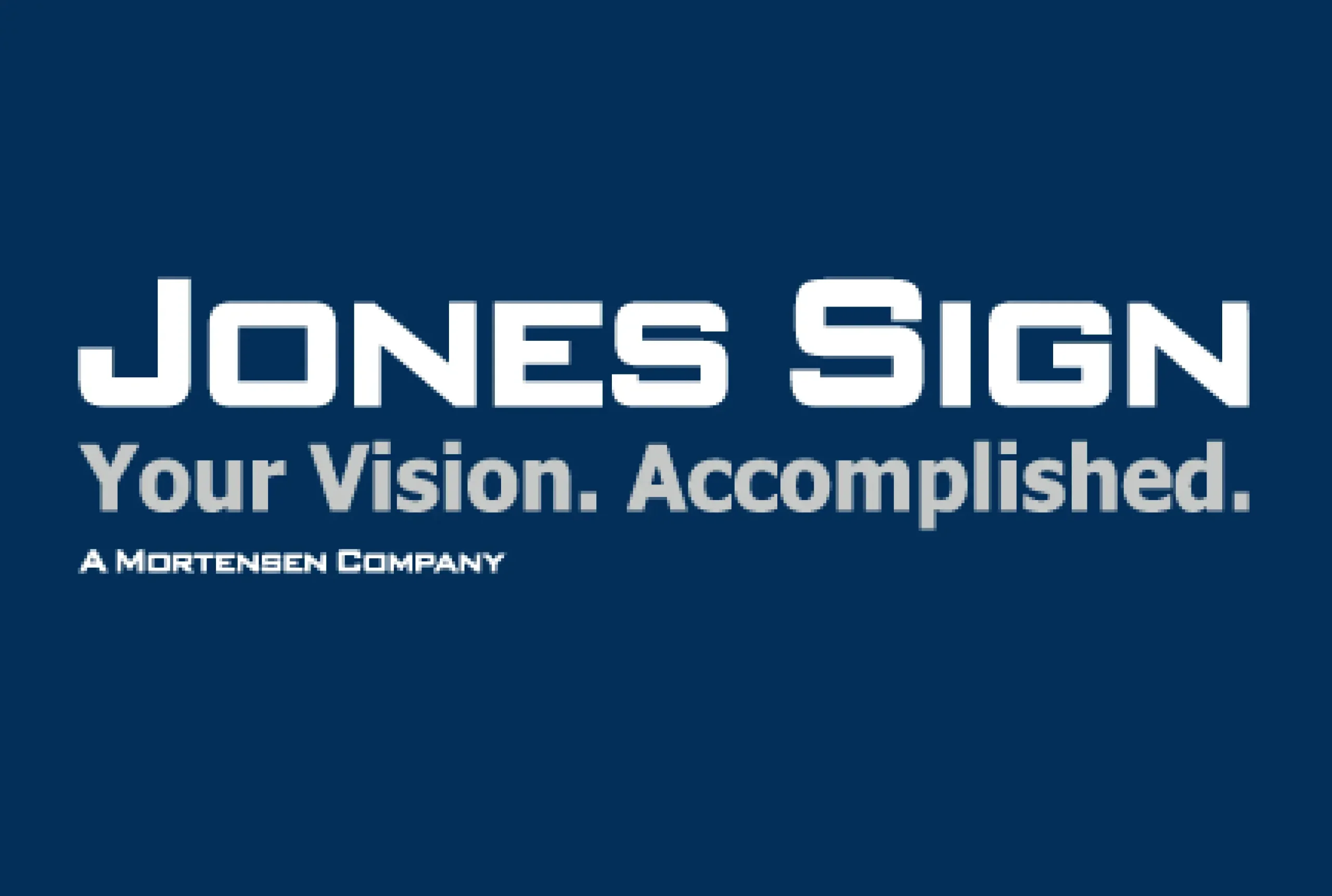Construction sites are one of the most dangerous places to work. Workers are often exposed to hazardous machinery, unstable structures, and unpredictable environments.
Accidents can lead to severe consequences for workers, highlighting the importance of legal and medical support. For those affected, seeking advice from construction accident attorneys can provide essential guidance on navigating compensation claims and understanding rights.
Let’s explore how workers are injured at construction sites and their legal rights.
1. Falls
Falls dominate the construction industry as the leading cause of fatalities, accounting for over 40% of all fatalities. Elevated surfaces like rooftops, scaffolding, and ladders can cause this. When workers fall, they run the risk of suffering severe injuries like traumatic brain injury, spinal cord damage, or shattered bones. Falls can be lethal in some situations.
Under OSHA guidelines (Occupational Safety and Health Administration), employers must provide fall protection systems to prevent accidents. This includes safety harnesses, guardrails, and proper training on how to use them.
2. Struck by Objects
Construction sites are often busy environments with tools, equipment, and materials constantly in motion. Falling objects like tools or debris can cause significant harm to workers below. Similarly, workers may be struck by moving equipment such as cranes or forklifts. Wearing personal protective equipment (PPE) like hard hats and ensuring clear communication on-site can mitigate these dangers.
3. Electrocution
Electrical injuries are another primary concern on construction sites. Exposed wires, faulty equipment, and overhead power lines pose electrocution risks. Such incidents can lead to burns, heart failure, or even fatalities. Proper electrical safety training, using insulated tools, and adhering to electrical safety codes are essential for preventing these injuries.
4. Caught-In or Caught-Between Accidents
These injuries occur when workers are caught in or compressed by heavy machinery, materials, or collapsing structures. Trench collapses, equipment malfunctions or improper use of machinery can lead to life-threatening injuries such as crushed limbs or asphyxiation.
Regular equipment maintenance and proper training on machinery use are critical in reducing these risks.
5. Repetitive Motion Injuries
Not all construction injuries are immediate. Tasks requiring repetitive movements, such as hammering or lifting, can result in long-term injuries like carpal tunnel syndrome or chronic back pain. It’s important for workers to take breaks and stretch throughout the day to prevent these injuries from developing.
Proper ergonomics and providing workers with necessary tools, such as lifting equipment or power tools, can also help reduce the risk of repetitive motion injuries.
6. Exposure to Hazardous Substances
Construction workers often deal with toxic chemicals, dust, and fumes, leading to respiratory issues, skin irritation, or long-term conditions like cancer. To minimize these risks, employers must provide proper ventilation, protective gear, and training on handling hazardous substances.
Takeaway Construction sites present unique challenges that require proactive measures to ensure worker safety. Employers must adhere to safety guidelines and provide necessary training and equipment to prevent injuries.
Workers also have the right to seek legal and medical assistance if they suffer harm due to negligence or inadequate safety measures. Together, we can work towards creating safer construction sites and protecting the well-being of workers.












